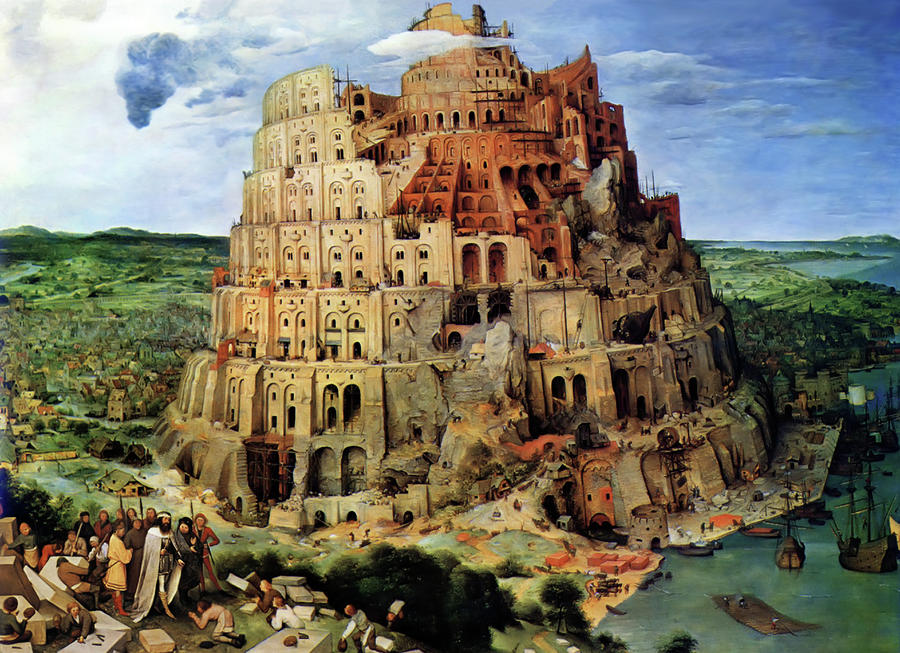Tower of Babel – a la Smithsonian Channel
What a delight it was to see an educational program on the Smithsonian Channel tonight, now that the History Channel regales us with Pawn Stars, Ozzie & Jack’s World Detour, Swamp People and Hairy Bikers.
This evening they outlined a fascinating history about the Tower of Babel. Given that the Pentateuch wasn’t written down until the captivity of Babylon, following Nebuchadnezzar’s invasion of Israel and his razing of Jerusalem and Solomon’s Temple, there was some flexibility in what was included.
The hypothesis they proposed was, since the Israelites were led in chains to Babylon and one of the central buildings in the city was a huge ziggurat which Nebuchadnezzar has commissioned, this edifice became a symbol of their captivity, and it was natural that Ezra and Nehemiah, the scribes, would craft a story of the destruction of this hated symbol as central to a theme about the arrogance of man and God’s visiting his wrath upon erring people.
Two points made the story especially compelling. Firstly, the fact that nobody built in circle sin those days: everything was squared, so the later romantic realization of the building as a cylinder rising up to the heavens – as the painting by Pieter Breugel the Elder in 1563 above is a classical example – is absolutely impossible. Secondly, there is a cylinder – the way in which ruler recorded their accomplishments – which details both the building of this edifice and a description of the size and purpose of the ziggurat.
The program was again a wonderful opportunity to exercise the brain, and consider an intelligent hypothesis.
Thank you, The Smithsonian!



Thanks, great article.
The story of the Tower of Babel depicted on this show is totally inaccurate. The tower of Babel did exist, however, the builder was Nimrod. This was constructed before the Jewish people existed. The tower was destroyed by God Himself even before the time of Abraham. Search your Bible for truth, never rely on the scholars to educate you on biblical accounts.